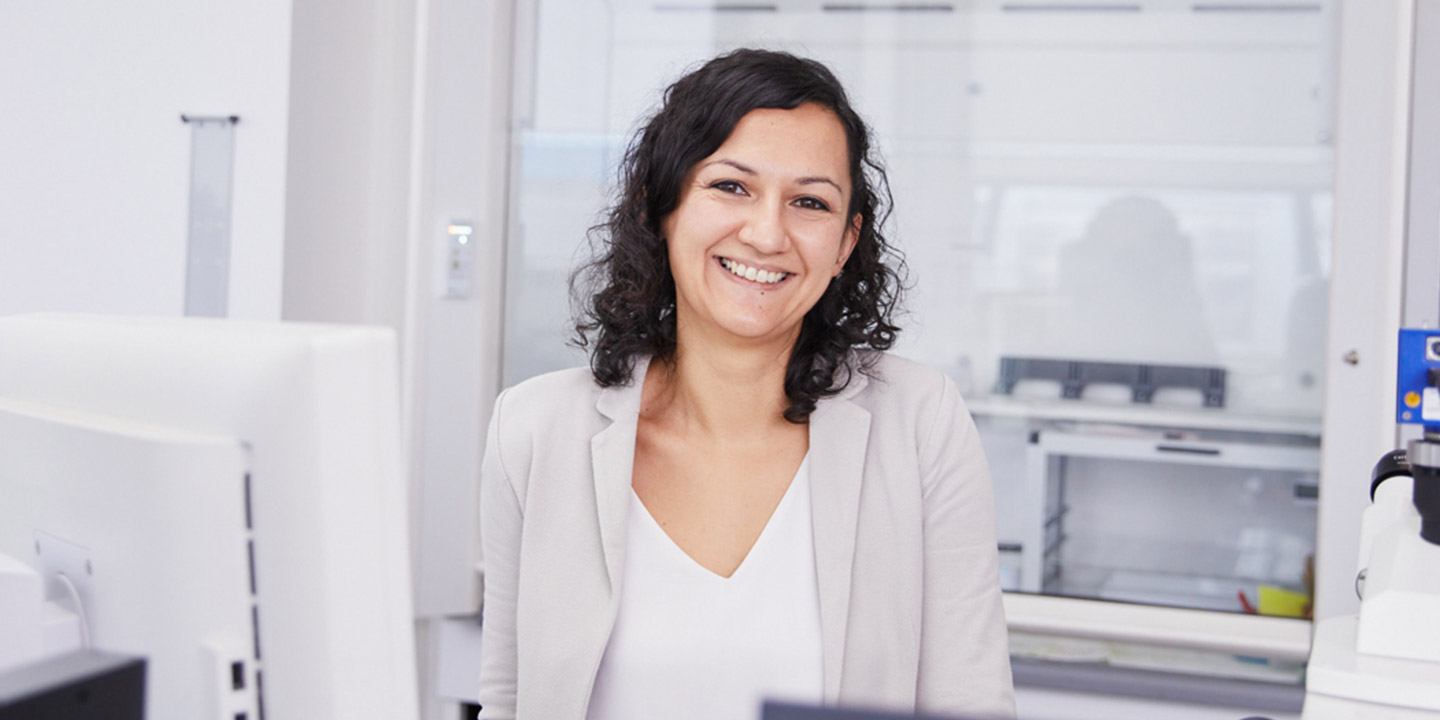Cubyko Leaf: How to Integrate Recycled Plastic Without Compromising Product Performance?
03. October 2025
Launched in 2024, the Cubyko Leaf product range contains between 27% and 32% recycled plastic per complete product, made from plastic waste collected along the coasts of Indonesia and Thailand. How did such an initiative come to life? Patricia Lamouche, Material Engineering Discipline Leader and a member of the EUREKA program as Material Science Senior Expert, shares the story of this extraordinary project.
How did the project get started?
The idea emerged in early 2022 in a rather unusual way: while we normally respond to market needs, the initiative actually came from Hager Group’s sponsorship team. As part of our partnership with Fabrice Amédéo, a sailor actively involved in fighting climate change and ocean pollution, we wanted to support this commitment by launching a lower-impact product for the 2024 Vendée Globe. This special framework already fell outside the traditional process, and it was necessary to identify stakeholders within Hager to support the project.
What was your role as a Materials Expert at the start of the project?
The first step was to assess the technical feasibility of the materials. This required analyzing scientific articles and conducting a market study to identify the types of plastics found in oceans and potential external partners. We then evaluated whether these plastics could meet the technical requirements of potential Hager products. Consulting with the Engineering development managers, we identified the Cubyko range as technically eligible.
Did the project’s special framework affect development timelines?
Yes. The goal was to present a new product for the 2024 Vendée Globe, so timelines were tight. We had to find new ways of working to meet the schedule, requiring strong collaboration across many departments: Engineering, Marketing, Purchasing, Industrialization, Production, Quality, Sustainability, Communications, and Markets. A preliminary materials study phase was conducted before the official project launch.
What did the preliminary materials study involve?
Once the project scope was defined, we needed external partners to develop the material. As a Materials Expert, a strong scientific and industrial network is essential to develop reliable partnerships. Together with colleagues from Sustainability and Purchasing, we leveraged our network to find a supplier capable of meeting the project’s technical and environmental challenges. This led us to Plastic Bank, whose industrial and social approach immediately impressed us.
After evaluating the technical data of the proposed material, we brought back a sample and conducted a thorough characterization: physicochemical analyses, thermal behavior, mechanical strength… This preliminary study showed that 100% Post-Consumer Recycled (PCR) material Social Plastic® from Plastic Bank would not meet our technical requirements. We therefore needed a second partner to enhance the final properties of Plastic Bank’s material.
At this stage, we started development with Avient, a longstanding Hager Group supplier. Their formulation work allowed us to integrate 50% Plastic Bank recycled material - which represents 27% to 32% of the total Cubyko Leaf product - while fully meeting our technical specifications.
How does this project differ from conventional developments?
Beyond the tight deadlines, this project stood out due to the need to reconcile environmental objectives with performance requirements. Finding a recycled material supplier and then a second partner willing to adapt the material’s properties to Hager’s technical needs was completely different from our usual approach. Our aim to integrate 50% recycled plastic into the casing while maintaining identical performance to other Cubyko products forced us to adapt to new challenges.
What were the main challenges faced?
Using recycled plastic collected from ocean bound plastic i.e. collected within 50km of the coastlines and collaborating in a three-party partnership with non-traditional and historic partners added unique complexity. However, the understanding, expertise, and responsiveness of Plastic Bank and Avient greatly facilitated the process.
How did Hager Group overcome these challenges?
The key was selecting the right partners, aligned with our values and goals. Plastic Bank played a crucial role, offering a coherent approach with strong social impact: collecting plastic waste from vulnerable coastal areas in developing countries to fight plastic pollution while supporting collectors with social benefits (school supplies, enhanced health coverage…). This partnership also reinforced the project’s human and social dimension. Nevertheless, the 100% Post-Consumer Recycled (PCR) material did not fully meet our technical requirements, so we collaborated with Avient, an innovator of materials solutions, which adapted the material to meet our specifications. Their contribution was decisive to the project’s success.
Key lessons and recommendations for future projects:
The main takeaway is the critical importance of a preliminary materials investigation to ensure alignment with technical requirements and deadlines. Additionally, in a circular economy approach, it is essential to work with partners who share a common vision and understand sustainability and performance challenges. This opens the door to new forms of collaboration, which are expected to grow in the future.
About Patricia Lamouche:
A member of Hager Group since 2007, Patricia brings valuable expertise in Material Science. She leads a team specialized in plastic and metal materials, supporting teams in investigating, selecting, and analyzing materials. Research on lower environmental impact materials is a core part of their mission.

